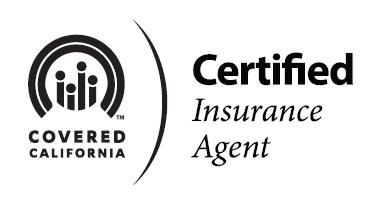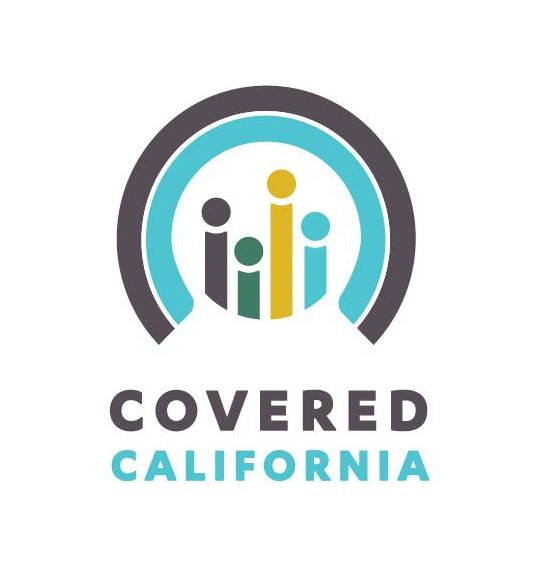Your Guide: Private Health Insurance Exchanges
Today we’re going to look at “private health insurance exchanges.” This has been one of the biggest “buzz phrases” in the health insurance industry over the past couple of years for a number of different reasons. The biggest reason though, is healthcare reform. With the implementation of new provisions required in the Affordable Care Act, the way that employers offer health insurance to their employees is changing.
We’ll take a look at the structure of private health insurance exchanges. We’ll also describe the different components that make-up a private health insurance exchange, the types of businesses that should be taking the closest look at these exchanges, how private exchanges work, and why they’re growing in importance.
Private health insurance exchanges are exactly what they say they are: they’re exchanges that are set up privately through an employer. Many private health insurance exchanges utilize two important components:
- Technology and software: software programs help facilitate administration of private health insurance exchanges. Technology keeps private exchange administration simple for both the employer and the employee. One example is www.liazon.com. Liazon’s platform allows an employer to define a contribution (much like an allowance), and then employees select their own health benefits. Simply, it’s an employee’s money to spend how he/she wants. The software keeps track of funds spent, shows the employee what kind of health insurance options are available in the private exchange, and allows employees to select the plans they want.
- Group health insurance plans: in the past, many employers only offered one group health insurance plan. Administration of multiple plans could be a challenge. So to fix that problem, software companies (like Liazon) have arrangements with insurance companies that allow the employer to more easily offer multiple group health insurance plans, from multiple carriers. The important word here is multiple. With the software and technology that’s available, it’s not nearly as difficult to offer a selection of group health insurance plans anymore. This is important because one of the biggest goals of private health insurance exchanges is to provide choice. By utilizing a private exchange, employees now have choice.
There are additional ways to set up private health insurance exchanges, but businesses with +50 full time equivalent employees will almost always be utilizing the two concepts we’ve described above. And that’s who this article is intended for: businesses that are mandated to provide coverage. However, smaller businesses can also utilize this exact same strategy. If you’re a business that is at 20 employees or above, you’ll want to understand this concept.
Question: Why are private health insurance exchanges becoming more important?
Here’s why:
- Private health insurance exchanges give employees choices. Instead of being “stuck” in one group health insurance plan, they can more efficiently choose which plans fit them best. Having choices is now more important than ever before, because dependents (spouses and children) need to have affordable access to coverage. In the past, sometimes it was flat-out too expensive for an employee to include their dependents. The private exchange concept helps alleviate that issue.
- Businesses with +50 full time equivalent employees are mandated to provide coverage. A private exchange is a cost-effective and budgetable way for employers in the “large group” category to provide coverage. You decide on the amount (called a “defined contribution”), and then give that amount to each employee. They pick the plan they want. Simple.
- Efficiency. If employees are making their own decisions and picking their own plans, the whole system becomes more efficient. Instead of you telling them what they get, they instead pick what they want. When consumers are making their own decisions, they’re more conscience about where money is being spent.
That’s the basic break-down of private health insurance exchanges. Unlike public health insurance exchanges (ie: state & federal exchanges), private exchanges are completely administered within the private workplace.
As mentioned, private exchanges can be an exceptionally important concept for those businesses in the +50 employee range. They accomplish three very important things: budgetability, selection, and flexibility. Those qualities will be very significant to businesses that are mandated to provide coverage. However, this same concept can work very well for smaller businesses too (in the 2-100 employee range).
We work with private health insurance exchanges at Policy Advantage Insurance Services. If you are an employer that fits into the “group-sizes” we’ve described, contact us anytime if you have questions.
Thanks for stopping by, we hope you found our information to be valuable. Check back at our blog to get further information about funding healthcare. Also, please share with your friends, clients, colleagues, and family. Here are a few of our other information outlets:
Home Page: https://policyadvantage.com
Twitter: http://www.twitter.com/policyadvantage
Facebook: http://www.facebook.com/policyadvantage
YouTube: http://www.youtube.com/policyadvantage
Pinterest: http://www.pinterest.com/policyadvantage
Word Press (you are here): http://www.policyadvantage.wordpress.com










